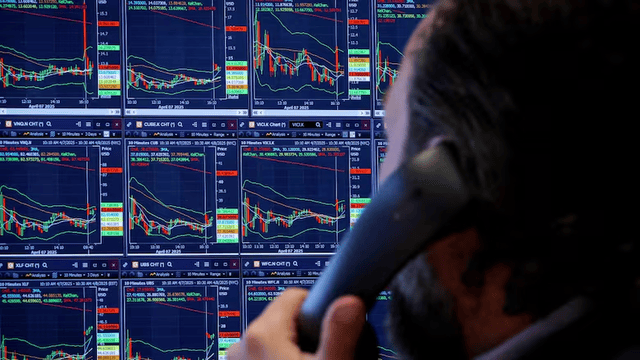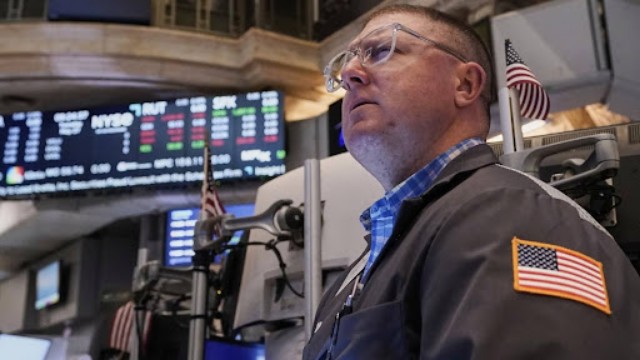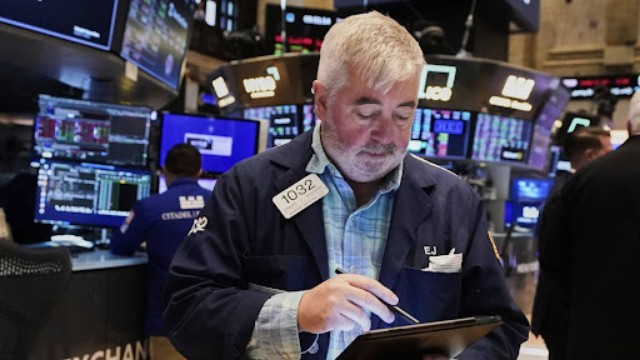
The bull market is not just about a handful of tech stocks. It's a broader celebration of normalcy's return, with global markets hitting all-time highs. (Shutterstock)
The prevailing narrative suggests that a select few stocks have been instrumental in propelling the S&P 500 to unprecedented heights. This narrative attributes the surge to an overhyped focus on artificial intelligence (AI) that has driven the so-called "Magnificent 7" tech stocks, reminiscent of the tech bubble of the early 2000s. However, this narrative fails to capture the broader reality of the current bull market, which is a testament to the return of normalcy in the market. The fact that so few people recognize this suggests that the bull market still has significant room to grow.
It is true that the Magnificent 7, comprised of Alphabet (Google's parent company), Amazon, Apple, Meta (Facebook's parent company), Microsoft, Nvidia, and Tesla, have seen significant growth since the bear market of 2022. With the exception of Tesla, these companies are either in the tech sector or have significant exposure to AI.
However, it's important to note that every bull market has its leaders and laggards. In the case of the 2022 bear market, tech and tech-like stocks were among the biggest decliners. Therefore, the subsequent rebound in tech stocks, including those in the Magnificent 7, is not surprising.
But the bull market is not solely driven by tech. A look at markets outside the US, where tech is not as dominant, reveals that other sectors are also thriving. For example, markets in Australia, Britain, Denmark, France, Germany, India, Ireland, Italy, Japan, the Netherlands, and Spain have all reached all-time highs in local currencies. This demonstrates that the current bull market is not limited to the Magnificent 7 or the US market, but is instead a global phenomenon that is far broader than commonly perceived.
Furthermore, data from the MSCI World index shows that in 2023, nearly 75% of the index's more than 1,400 stocks saw positive returns, with 548 stocks outperforming the index's 23.8% return. This contradicts the notion that the bull market is driven by just a handful of stocks.
Contrary to the belief of some skeptics, we are not in a state of euphoria that typically characterizes a bubble. The lack of IPO activity, which tends to surge during euphoric periods, is evidence of this. Instead, we are likely in a phase between skepticism and optimism.
The current bull market is a reflection of the return to pre-pandemic economic growth and inflation rates. Before the pandemic, the US and global economies grew at an annual rate of 1.7% to 2.9% and roughly 3%, respectively. In 2020, the pandemic caused economic data to fluctuate wildly, but by 2021, growth rates had surged to 5.9% in the US and 6.3% globally. However, these rates have since moderated to more historically normal levels, indicating a return to pre-pandemic norms.
In conclusion, the current bull market is not solely driven by a handful of tech stocks, but is a broader phenomenon that encompasses a variety of sectors and markets globally. The return to normalcy in economic growth and inflation rates further supports the idea that this bull market is not a bubble, but a reflection of the broader market conditions.















